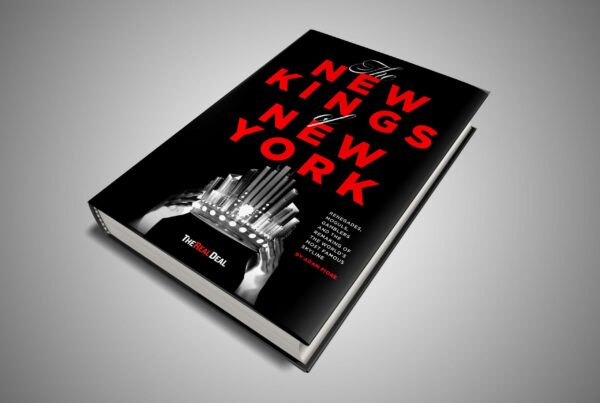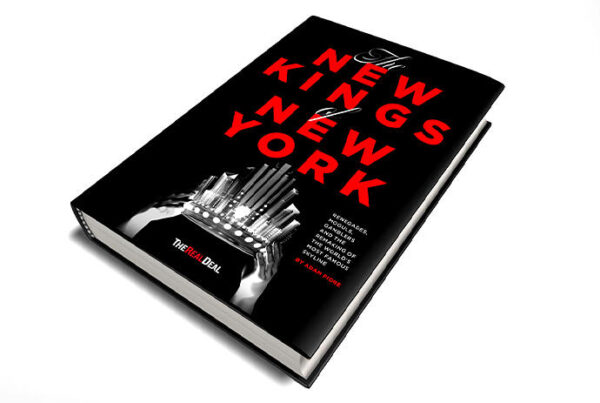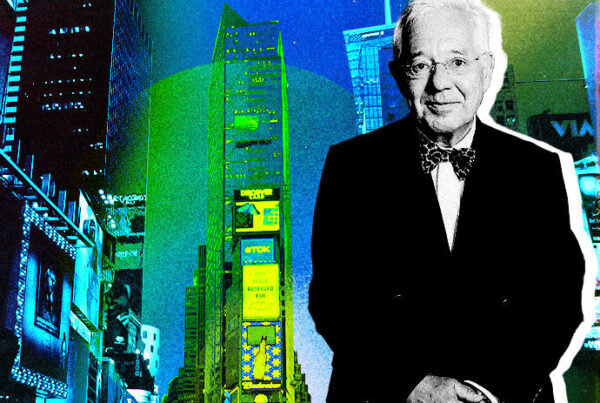
The Watson Hotel at 440 West 57th Street (Google Maps)
New York legislators are still figuring out what a comprehensive commercial-to-residential program could look like in the city, but developers are already looking for opportunities.
Metroloft Management, which has previously undertaken office-to-residential conversions, has found two “perfect targets” for market-rate rentals in Lower Manhattan, managing principal Nathan Berman told the New York Times. A deal to purchase those Class B buildings, which Berman declined to identify, is underway.
“Covid has expedited the ultimate repurposing,” he said.
Hotels are also an attractive target, according to Eric Anton, an agent with Marcus and Millichap. He represents seven New York City hotels, three of which will likely convert to senior housing and one to market-rate apartments, according to the report.
And Yellowstone Real Estate Investments, which forked over $175 million for the Watson Hotel at 440 West 57th Street in the largest post-pandemic hotel deal, will convert part of the 600-room building to market-rate housing.
Still, challenges exist including, installing kitchens to make former offices and hotel rooms code-compliant as residences. One investor sizing up a 60-room hotel on the Lower East Side got cold feet over the costs of conversion.
“With the destruction of the tourism industry, this is the time to act,” said Mark Ginsberg, a principal at Curtis + Ginsberg Architects who represents the investor.
Lawmakers, meanwhile, are working to implement measures that would accelerate these conversions — but for affordable housing, rather than market-rate apartments. State Sens. Michael Gianaris and Brian Kavanaugh have introduced separate bills, and the state budget included $100 million for turning distressed commercial properties into affordable housing. And City Council member Justin Brannan has introduced a bill that would create a task force to study such conversions in the city.
[New York Times] — Orion Jones


